We recently interviewed Gabriele Trombini on how he uses Fedora. This is part of a series on the Fedora Magazine where we profile Fedora users and how they use Fedora to get things done. If you are interested in being interviewed for a further installment of this series, you can contact us on the feedback form.
Who is Gabriele Trombini?
Gabriele Trombini is the owner of a HVAC business. His 10 to 12 hour work day consists of working with suppliers and customers to put together great deals. Globalization and the Internet have made that task more difficult due to greater competition. Outside of work, Gabriele leverages his background in customer service and marketing by contributing to Fedora on the Marketing, Join and CommOps teams. Trombini started using Linux when desktops were bigger than the CRT screens (or in other words, a long, long time ago).
Trombini’s childhood heroes included Spider-Man, Donald Duck, David Bowie, and Led Zeppelin. He is a big fan of John Belushi and has yet to find someone who did not like Italian food.
Fedora Community
Gabriele is a Fedora Ambassador who works both locally and internationally. He is most impressed by the jovial and warm atmosphere within the project. Everyone can share suggestions, opinions and information in a friendly, collaborative environment. Trombini stresses that respect and the willingness to change are necessary to keep the Fedora Community strong. “Let’s try something, and if it doesn’t return the expected results, we should be ready to change our way,” says Trombini.
When asked to describe the kind of work he does across Fedora, Trombini answered with a one-word Latin phrase “factotum” and left the burden of learning the meaning to me. I learned that this phrase is equivalent of saying that he wears many hats.
Factotum: a person whose job involves doing many different types of work
When looking to the future of the Fedora Project, Trombini advises that we align the work that must be done, day after day, brick by brick, with the targets and goals set by the whole community. He also cautions potential contributors against throwing too many ideas on the table. Gabriele suggests working on community goals that align with a contributor’s personal goals.
What hardware?
Trombini has several computers running Fedora: a Raspberry Pi, an HP notebook, and an HP Proliant. The Raspberry Pi is used for git, web, shared documents, and email. The HP notebook is his primary Fedora Workstation. The HP Proliant is the production server for his business.
What software?
Trombini worked on several versions of Fedora 23 while he was working on the release announcement. He relies on LibreOffice, Scribus, Inkscape, and GIMP to run his company. His Fedora-related tasks rely on a combination of Geany and Git.









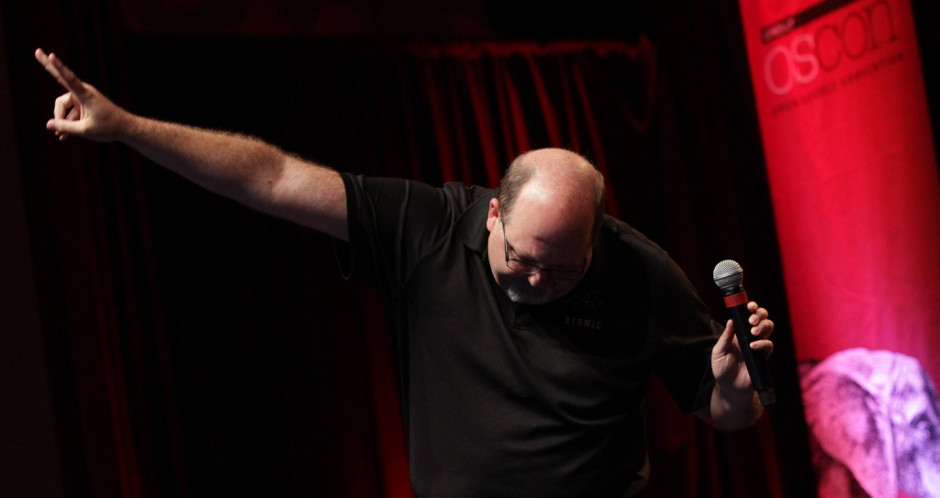


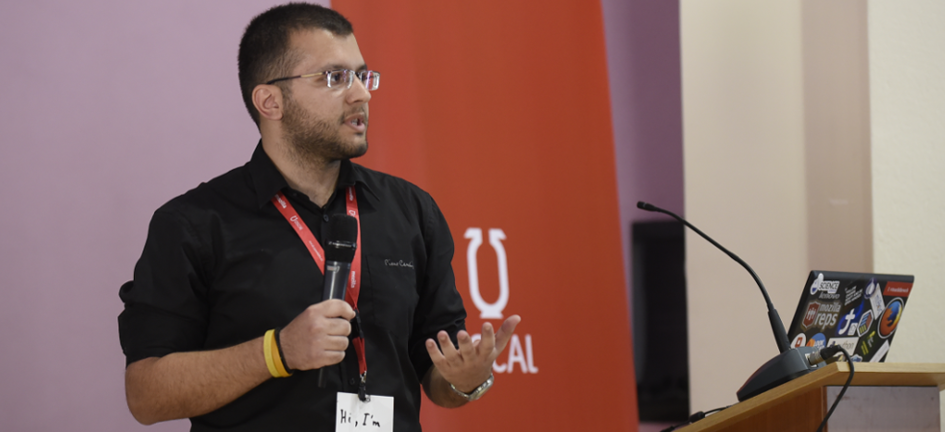



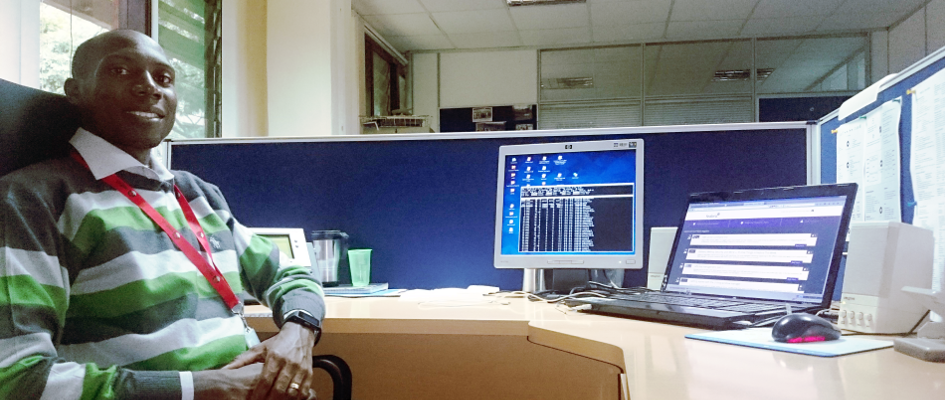



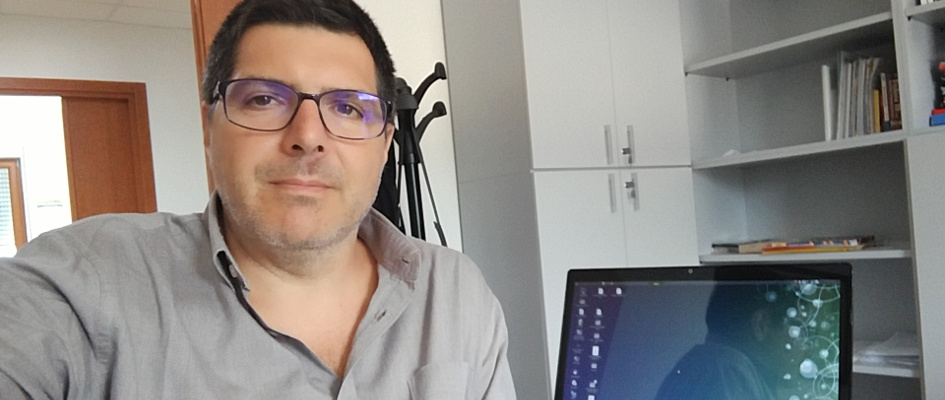





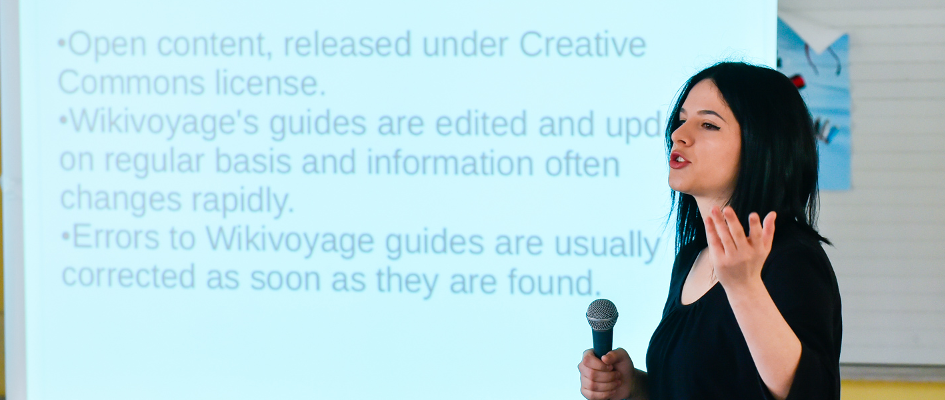


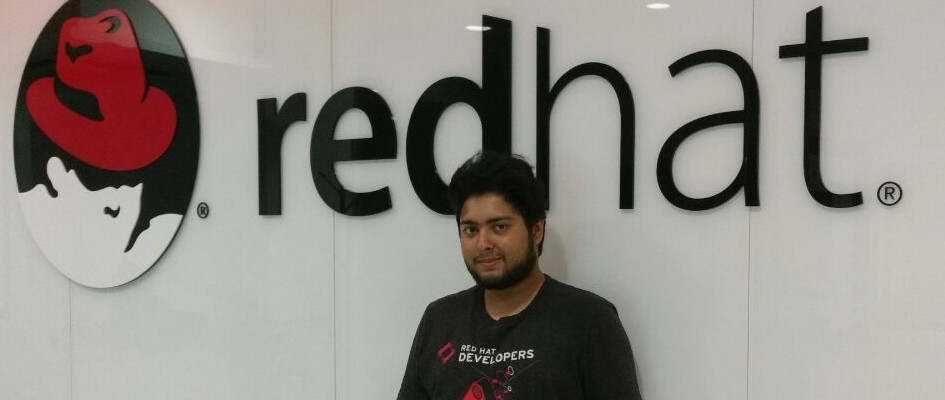

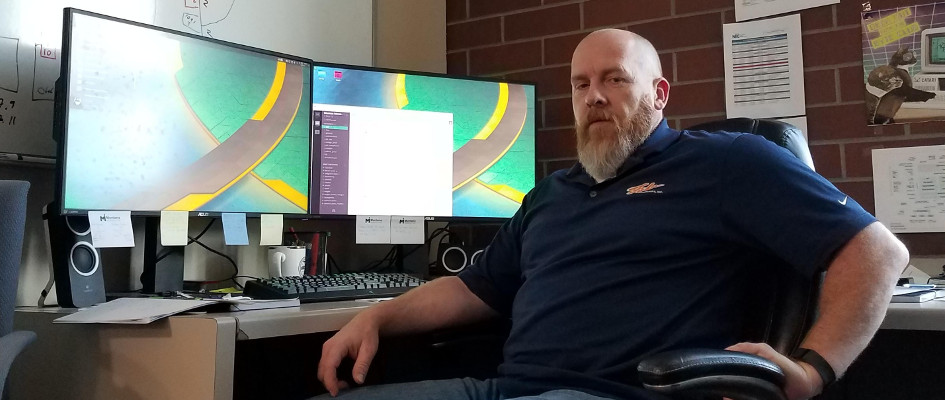









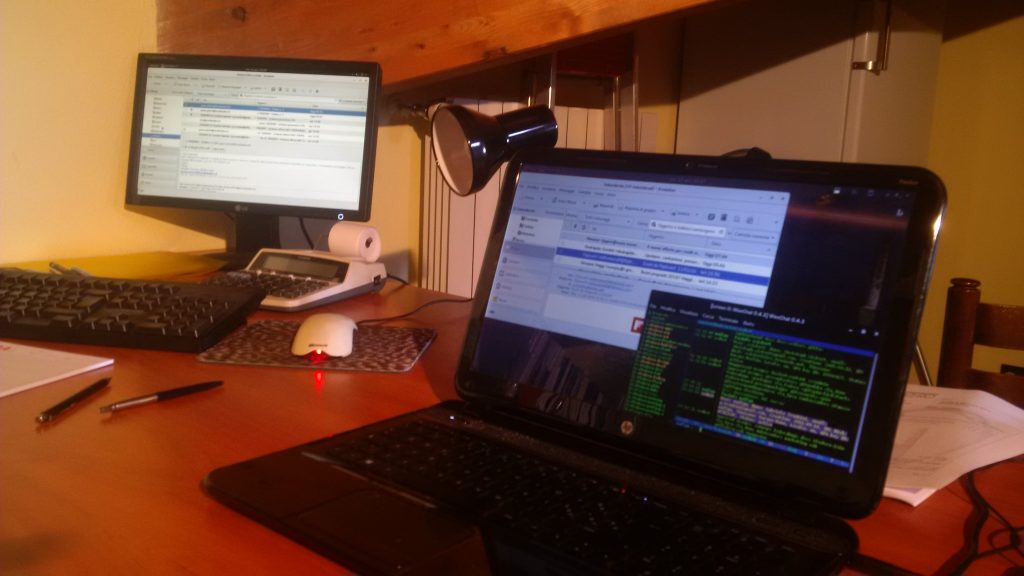
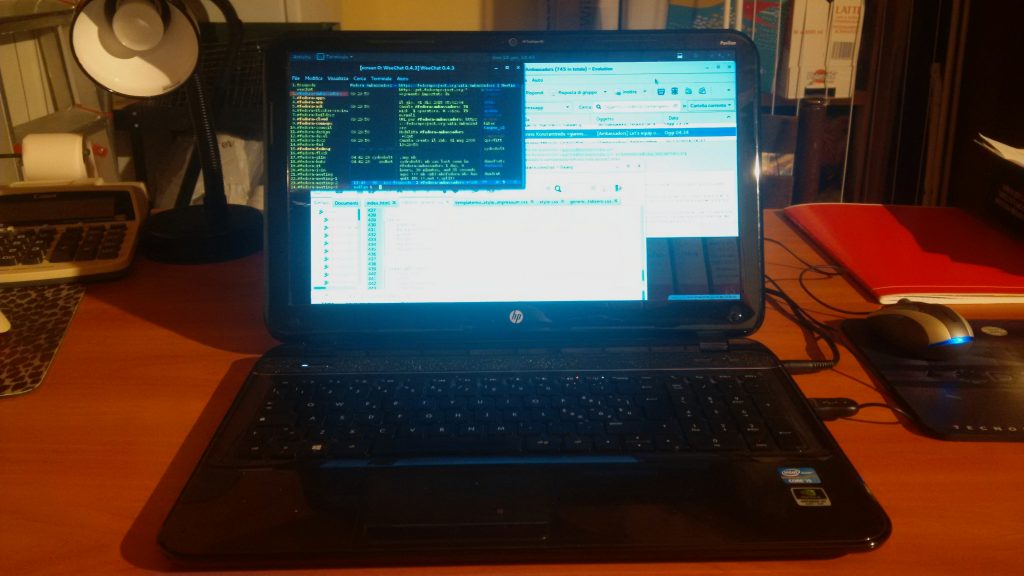

Udyant Wig
Good overview.
I’d like knowing one more thing: how the interviewees manage Fedora’s release schedules? Do they upgrade when a new release is out? Do they wait a while? Do they skip releases?
Might be interesting.
Stanislav
We use Fedora at work and a lot of my coleagues are around one release behind, e.g. when Fedora 24 is released, they upgrade to Fedora 23. Some later, some earlier, but waiting fot a while until main things settle is usual.
Sylvia Sánchez
That could be a nice topic for an article, I think. How users and contributors face the Fedora upgrades schedule.
Sylvia Sánchez
Very nice interview. And a little comment on “factotum”. It’s a commonly used word in Spanish to mean that someone has to do everything by him or her self. Either because there’s nobody else to do it, or because that person doesn’t trust others to do the job correctly.
Cheers, and thanks!
Pierre Timmermans
In french we use “factotum” commonly, it is someone who take care of all kind of tasks but mainly minor one (so it has a slightly pejorative meaning, “un homme a tout faire”). In this context it is humorous though.
I like those series
Regards
Sylvia Sánchez
Wow! I didn’t know that!
Same word, similar languages, different meanings.
Thank you. 🙂
vwbond
After reading this article I didn’t get the feel for what OS is running on this HP Proliant Server for some reason – did I just miss it.
Pierre Timmermans
It is Fedora I guess, the article mentions that he has several computers running Fedora and the HP server is cited among them.
Vlad
Great to see photos of the setup and these little stories. Thank you to both the writer and Trombini for contributing in his busy schedule. I’d love to see a photo with Trombini smiling 🙂